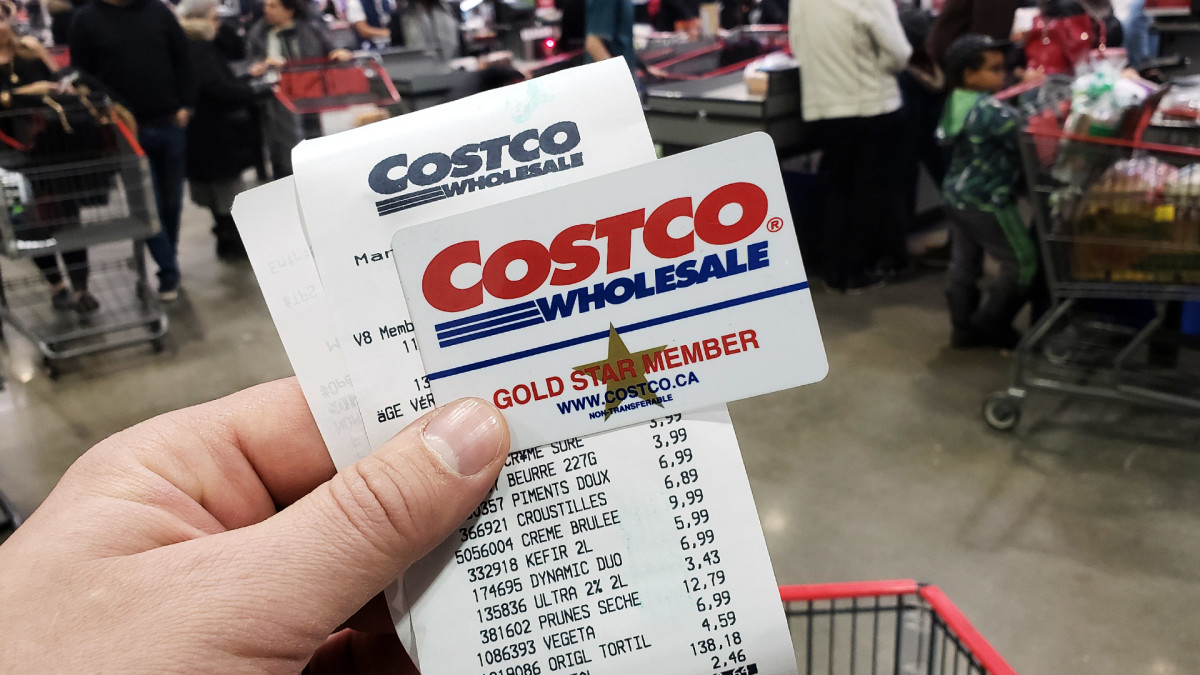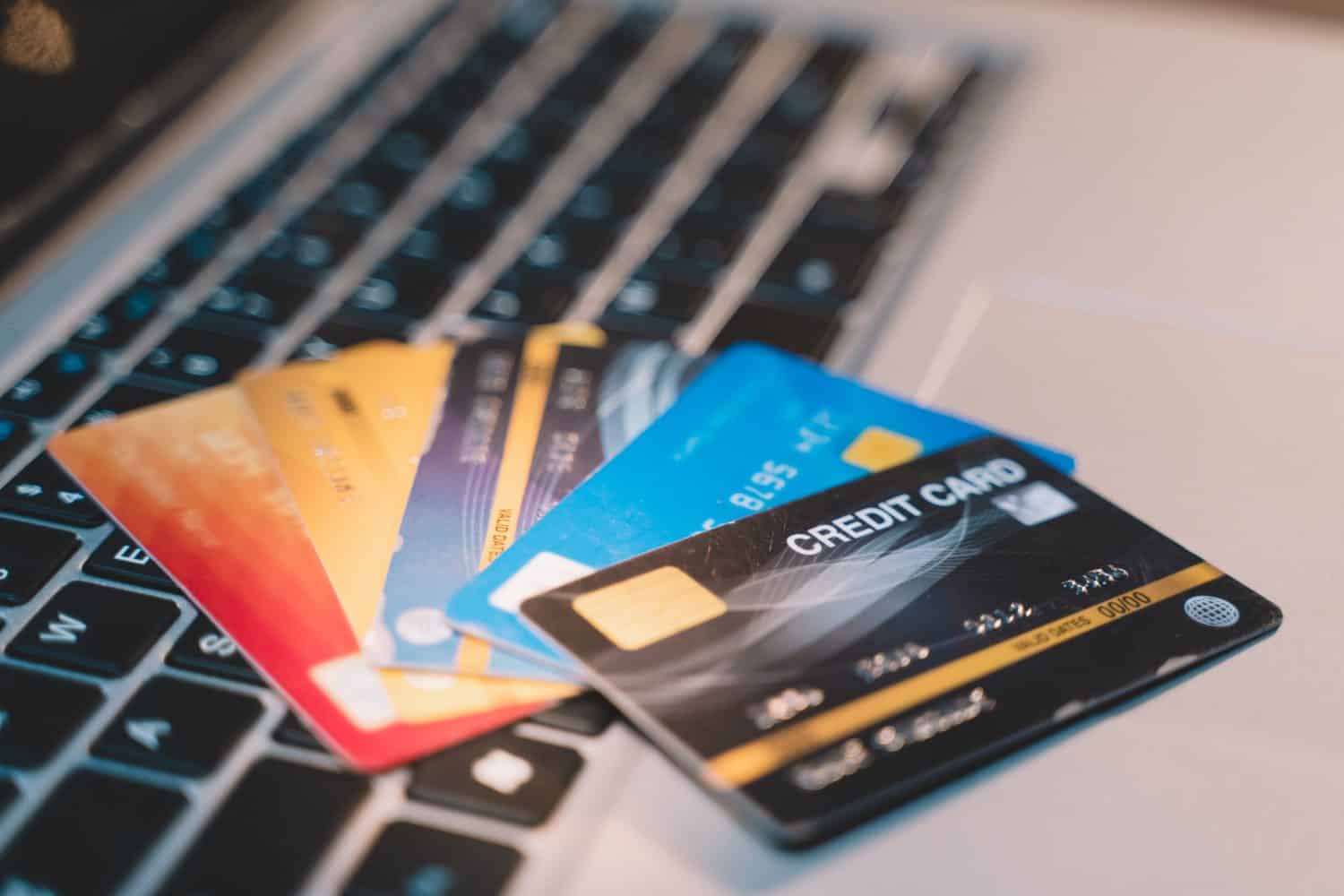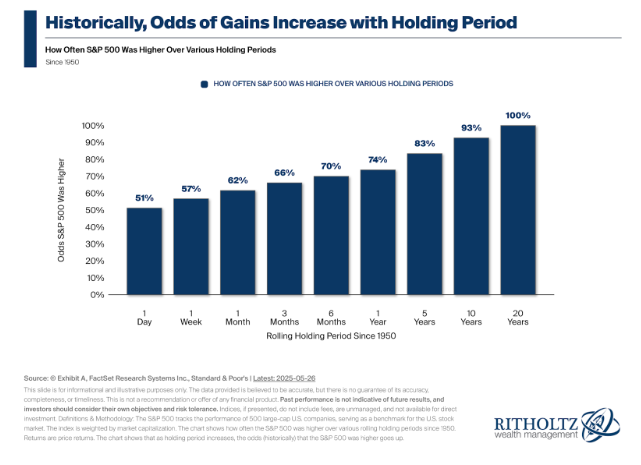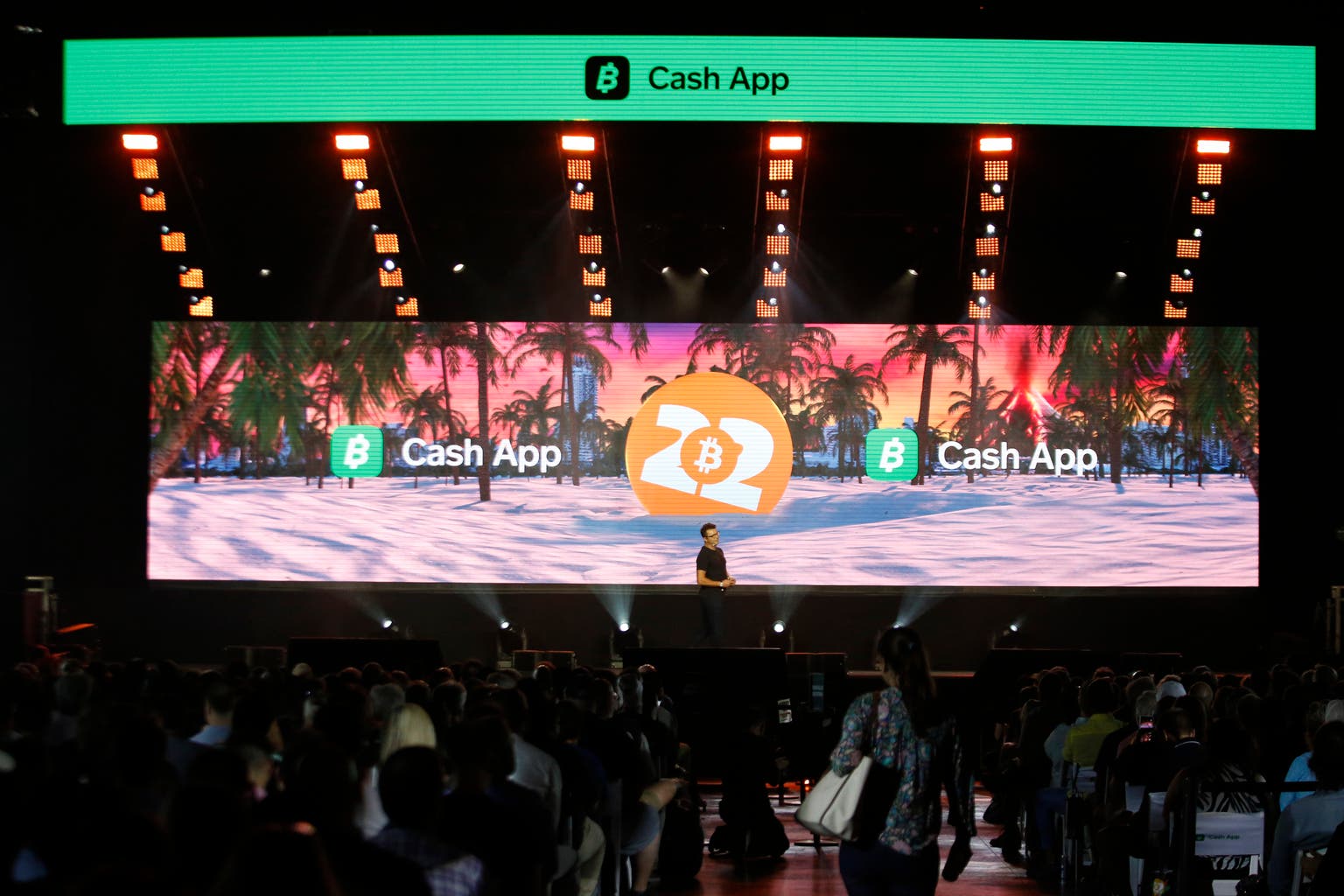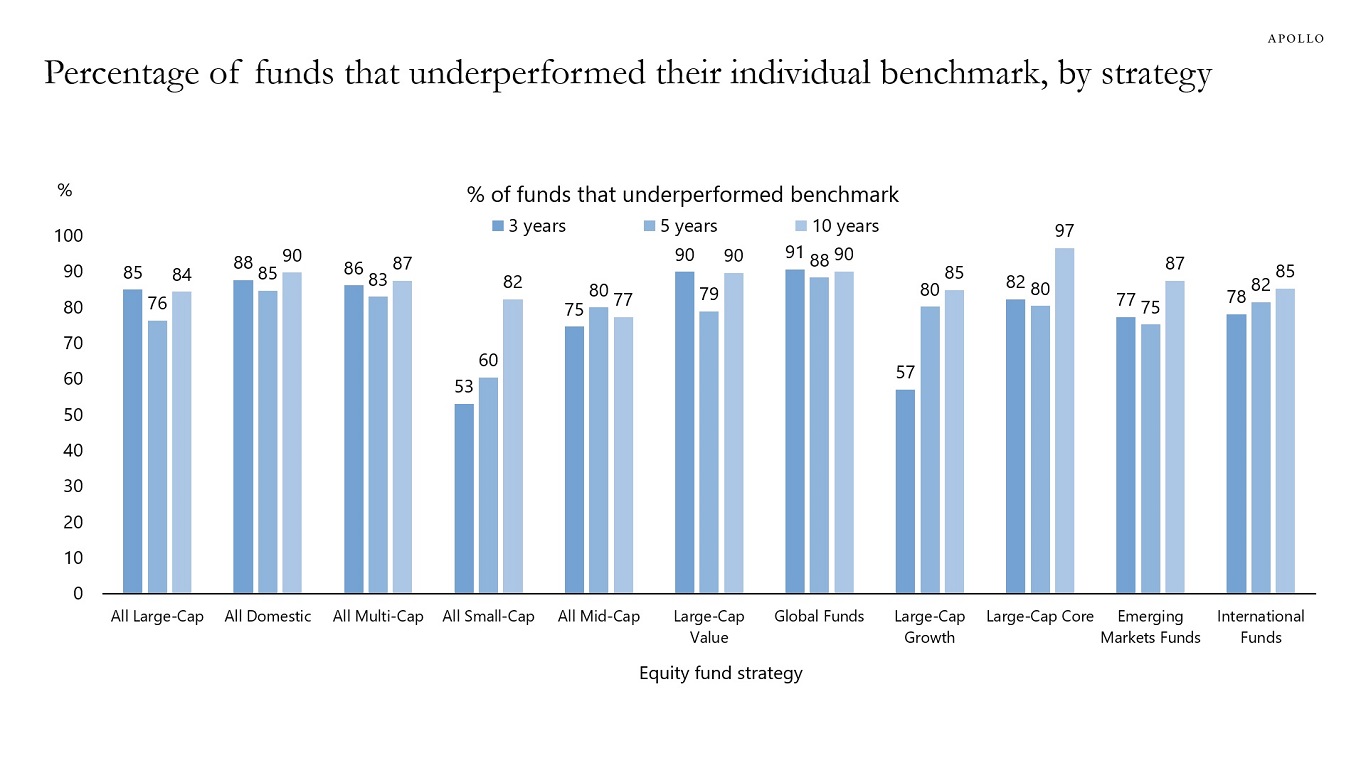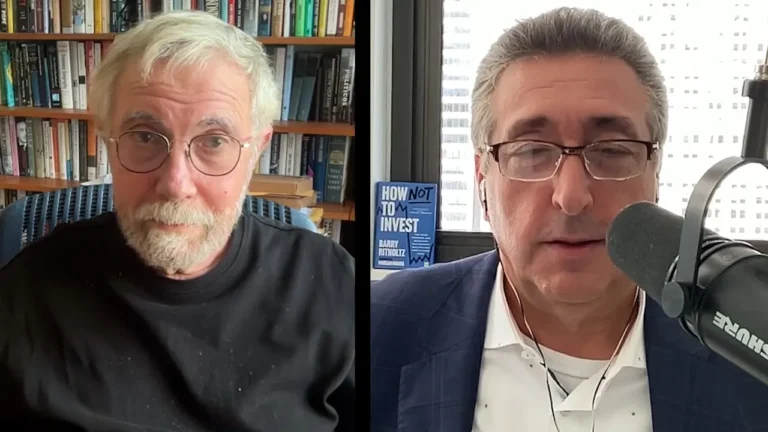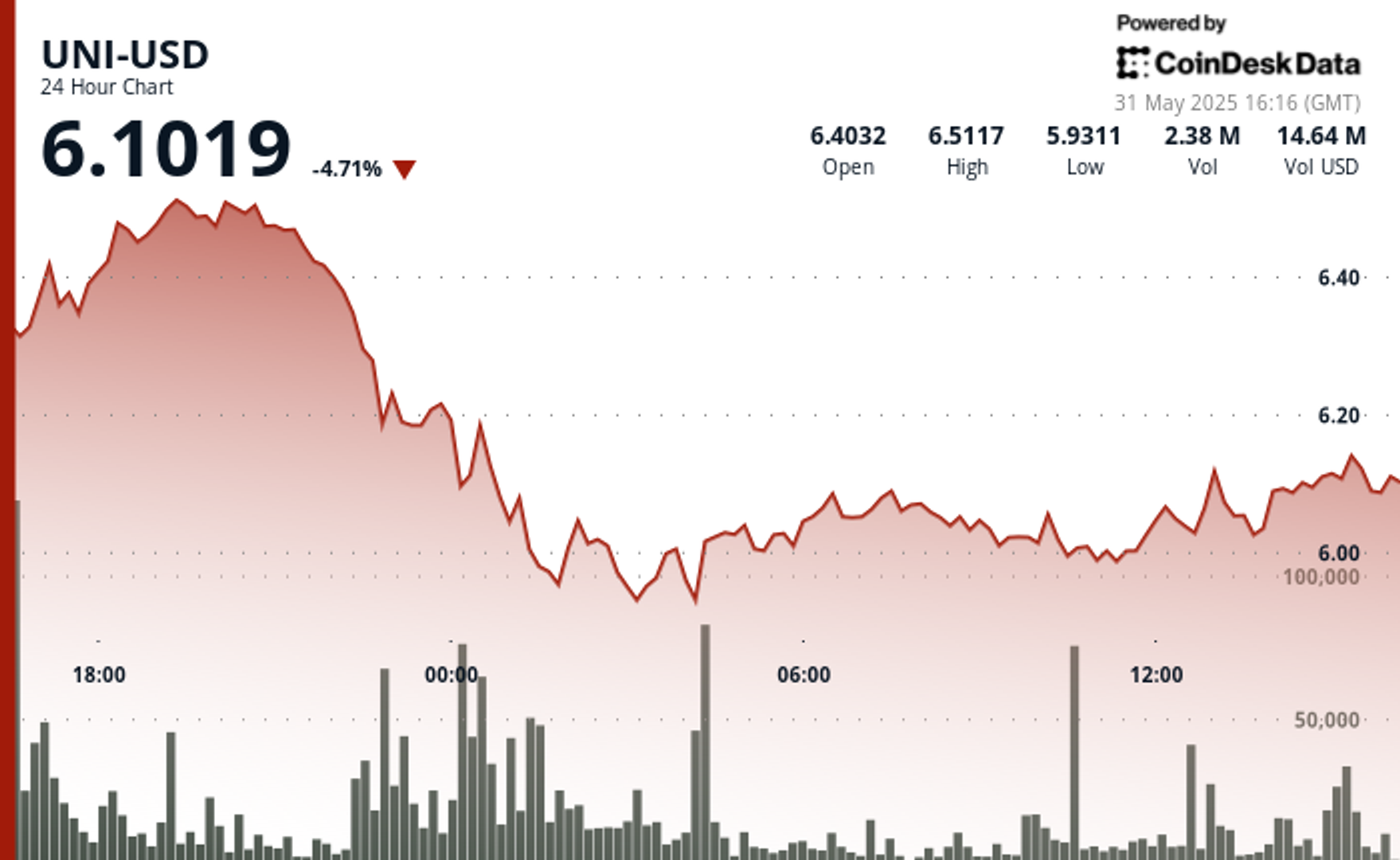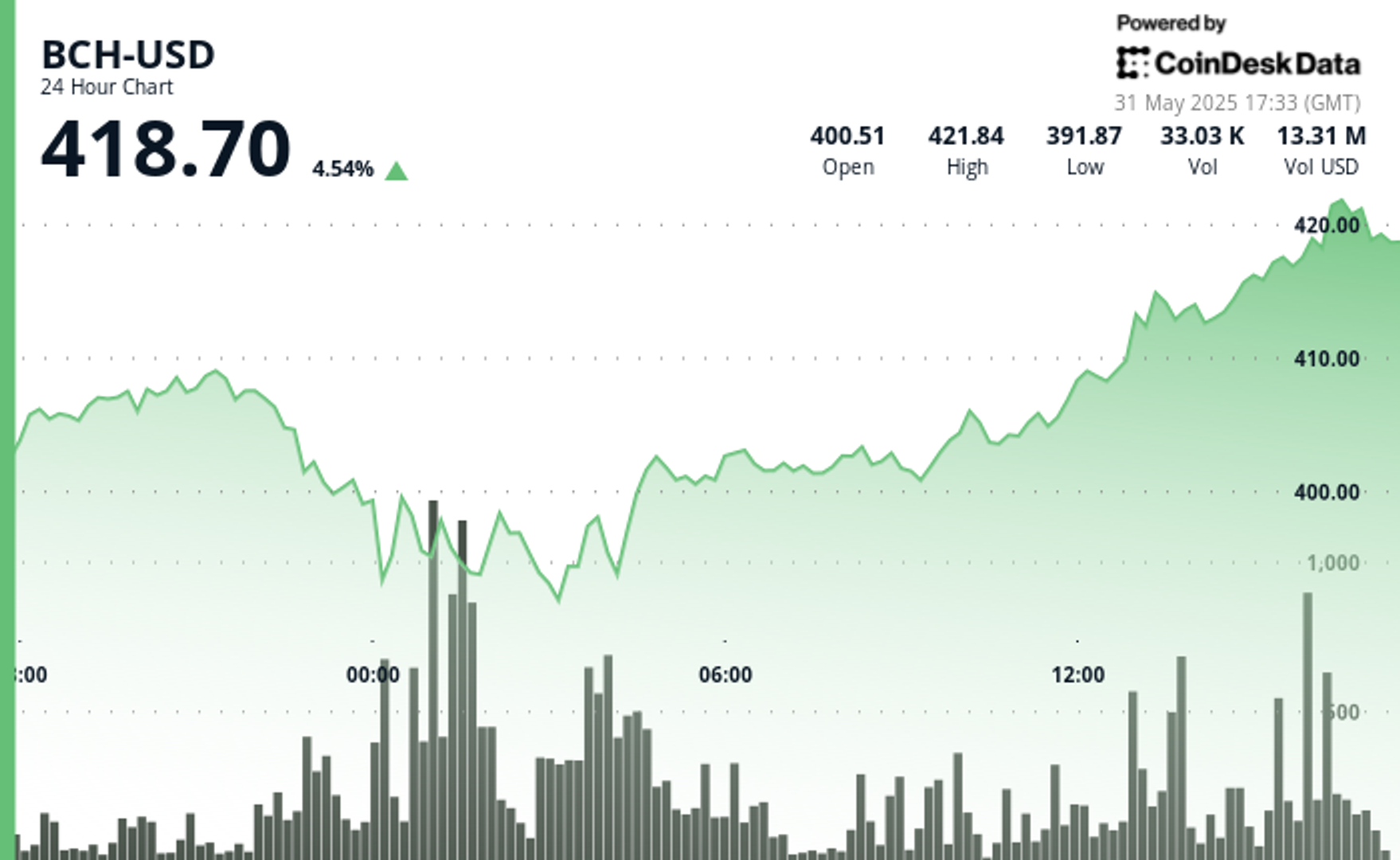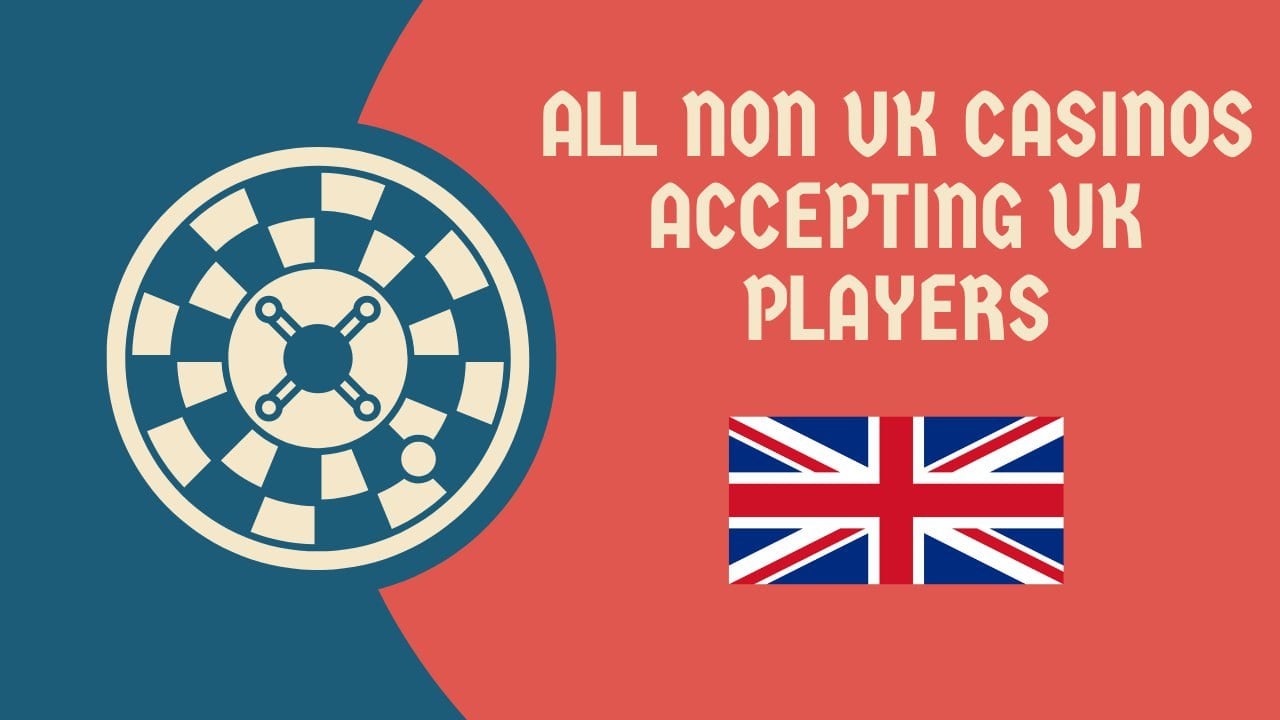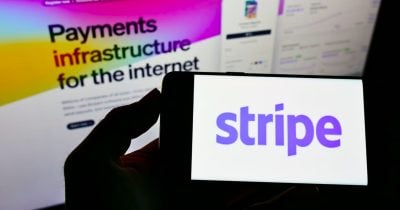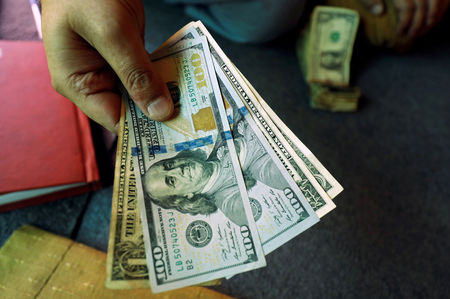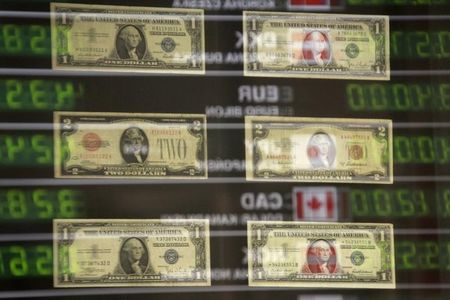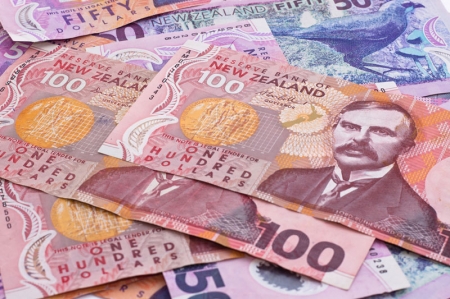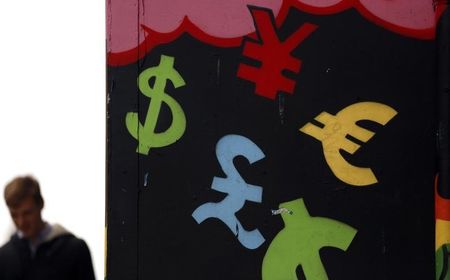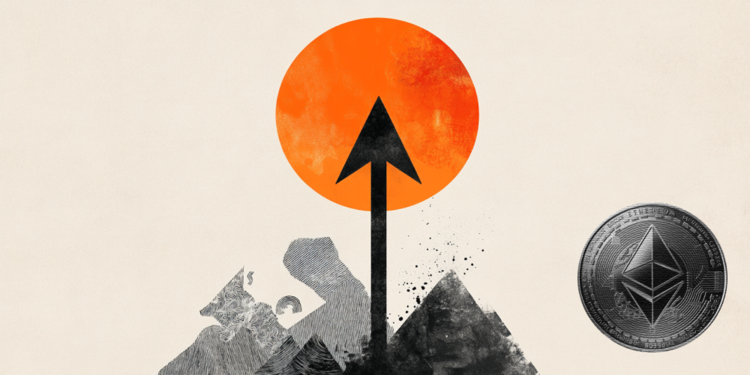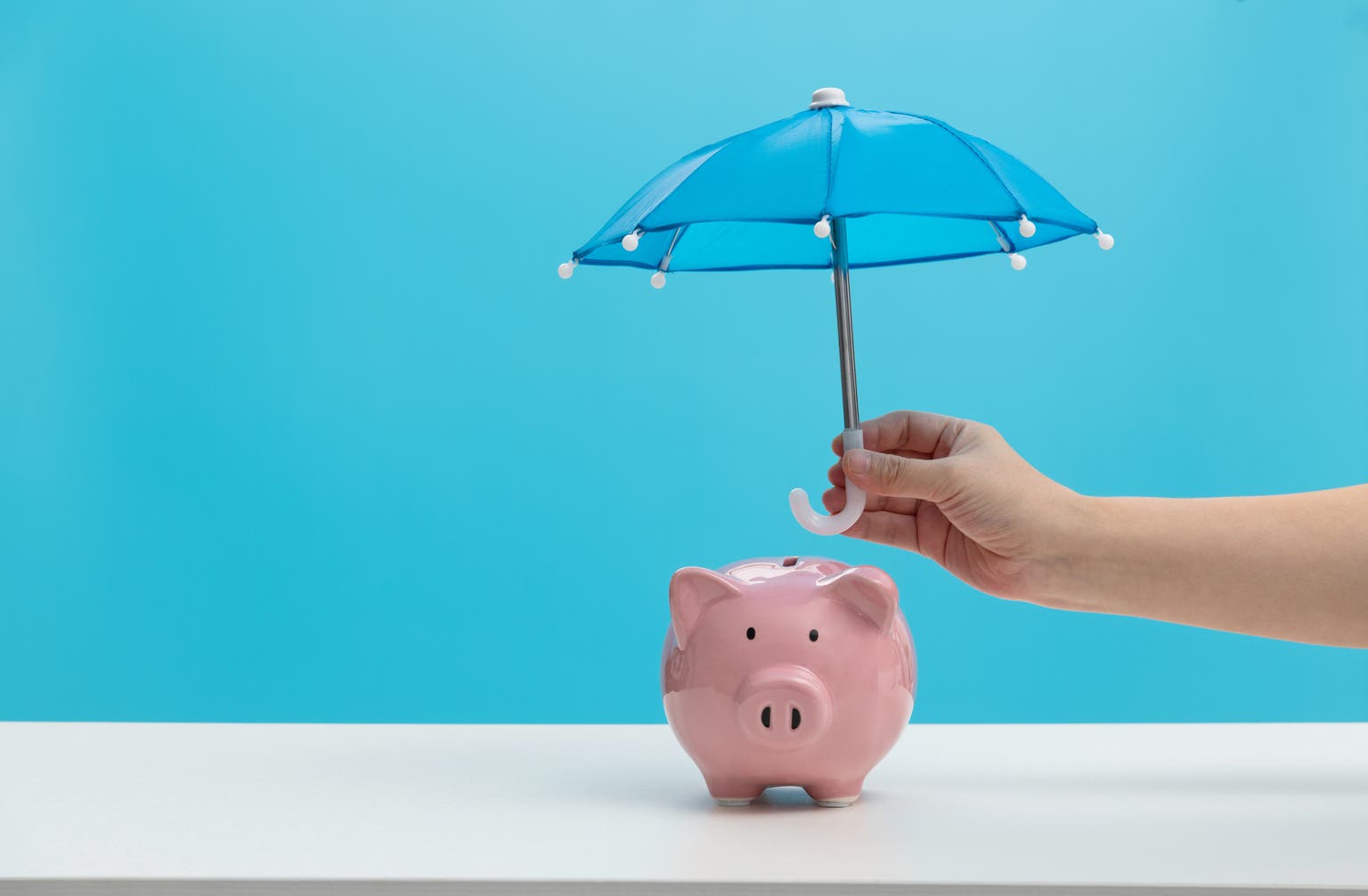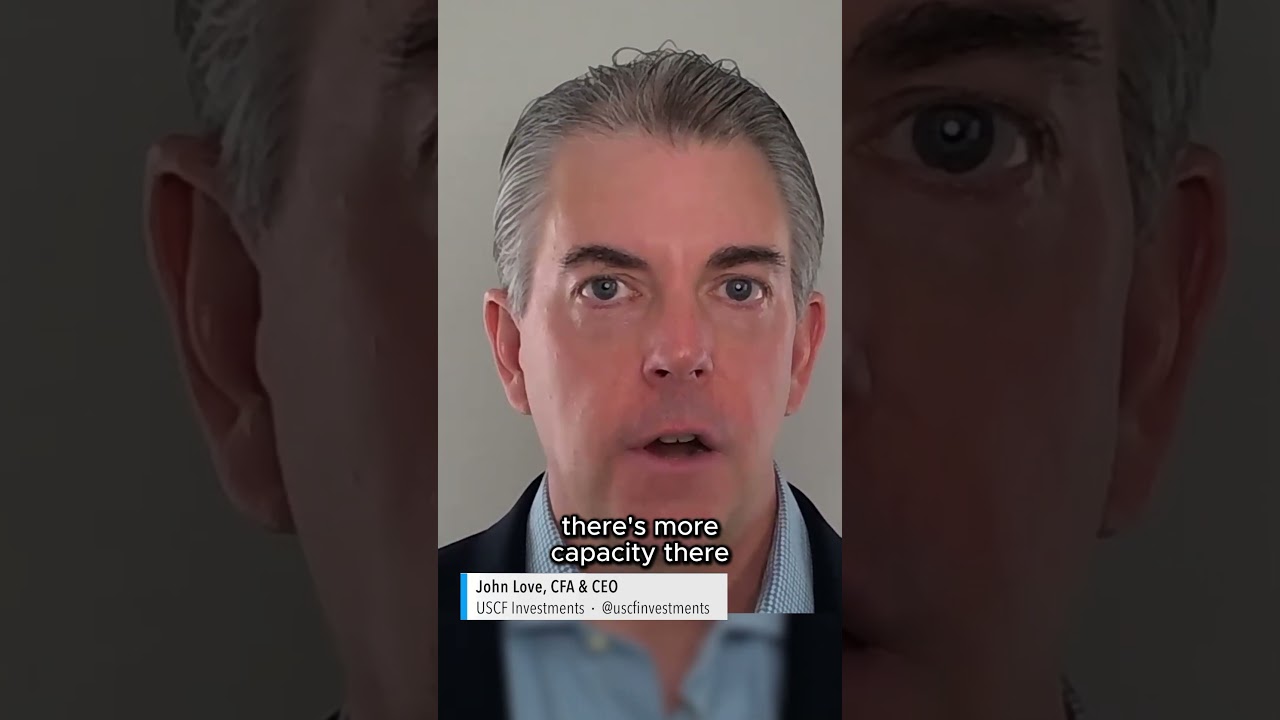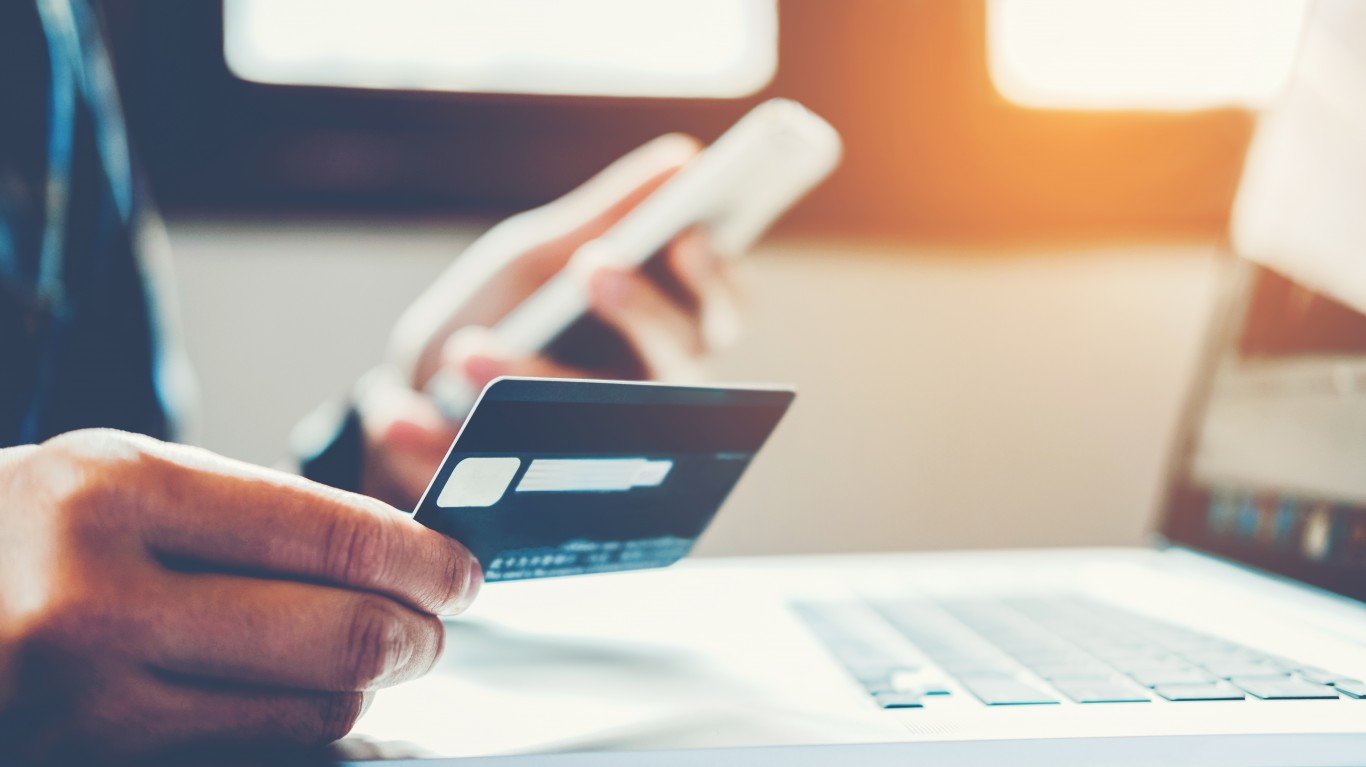Beyond Budgeting: 6 Strange Yet Powerful Tactics for $20K+ Debt Relief
According to a survey published in March, 2025 by Debt.com, as many as 1 in 3 Americans either currently or previously have had to resort to using credit cards to make ends meet for basic necessities. With Bidenomics fueling inflation that sent the price of fuel and food skyrocketing, millions of households were left with […] The post Beyond Budgeting: 6 Strange Yet Powerful Tactics for $20K+ Debt Relief appeared first on 24/7 Wall St..
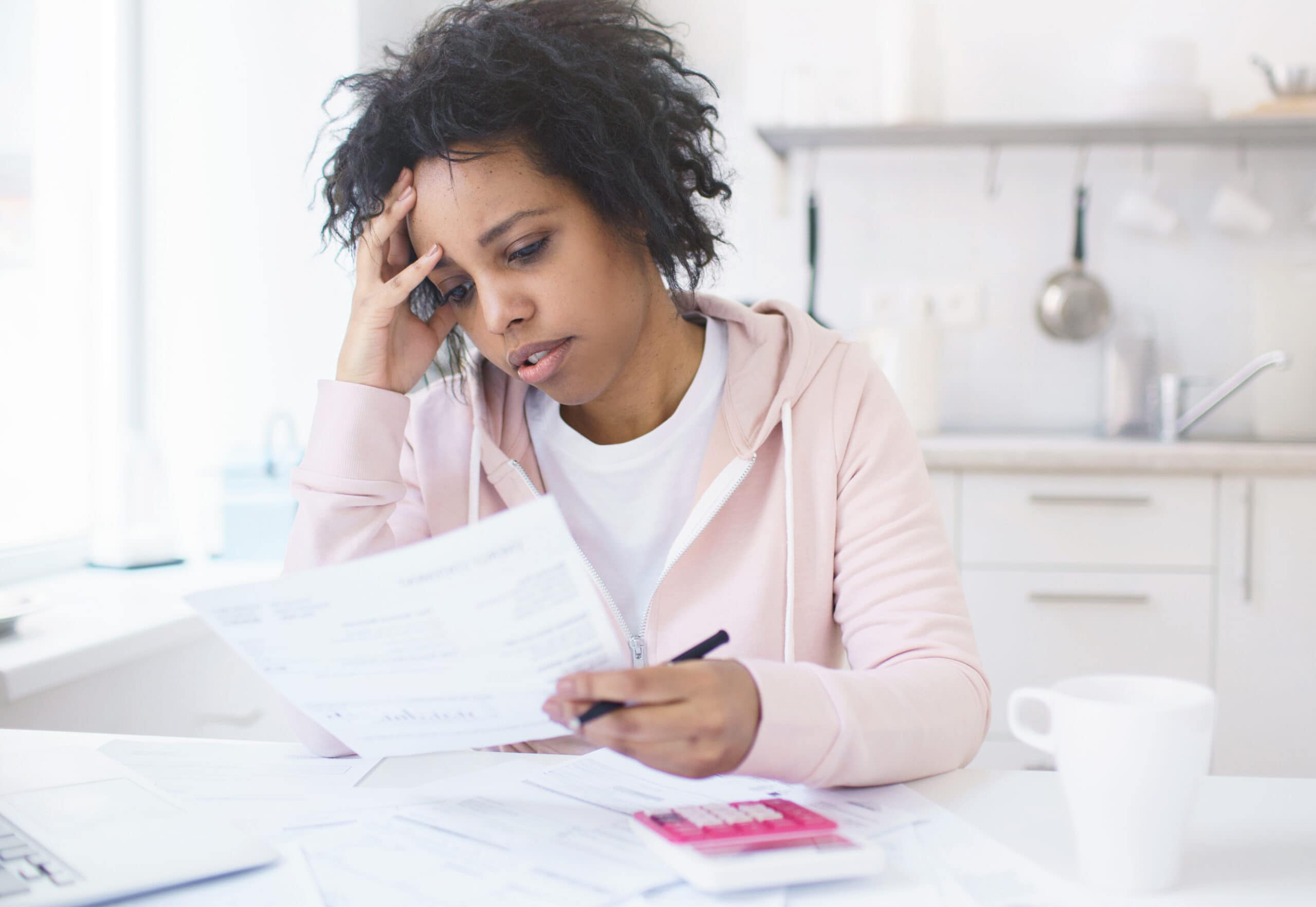
Key Points
-
High interest credit card debt is a massive burden on millions of Americans, for many whom credit cards were the last resort resource for food, medicine, and other necessities during the Bidenomics field inflation from 2021-2024.
-
Innovative, “out of the box” thinking tactics to both pay down balances and prevent further credit card spending can range from disciplined savings schedules and capitalizing on skills and sellable items to forced cold turkey avoidance.
-
Third party services are available that may also offer relief solutions.
-
Most Americans don’t realize how shockingly good personal loans are today. See for yourself, with 6.4% rates and no hit on your credit score, there is nothing to lose, you can get started today.
- Most Americans don’t realize how shockingly good personal loans are today. See for yourself, with 6.4% rates and no hit on your credit score there is nothing to lose, you can get started today.
According to a survey published in March, 2025 by Debt.com, as many as 1 in 3 Americans either currently or previously have had to resort to using credit cards to make ends meet for basic necessities. With Bidenomics fueling inflation that sent the price of fuel and food skyrocketing, millions of households were left with maxed out cards and owing APRs of over 21%. Now that inflation has been reversed under President Trump’s administration (ex: Trader Joe’s dozen large eggs have plummeted from a high of $15 in February to $3.99 as of the time of this writing), there is now opportunity to pay down, if not eliminate the accumulated credit card debt yoke around the necks of millions.
A common problem being cited is that $20,000 appears to be “the wall” that many households hit when trying to both manage budgets and handle the high APR debt loads. Traditional tactics seem to offer only incremental results and often are wiped out monthly by the accrued interest being charged. Out of the box thinking needs to be deployed to make a significant dent in the struggle to get out from under. The following (6) principles are effective concepts, and the examples of hacks that can be used may seem strange, off the wall silly, or brilliant, but efficacy is the key here, and how the goals are accomplished are really no one else’s business – as long as they work.
Psychological Barrier vs. Permanent Loss
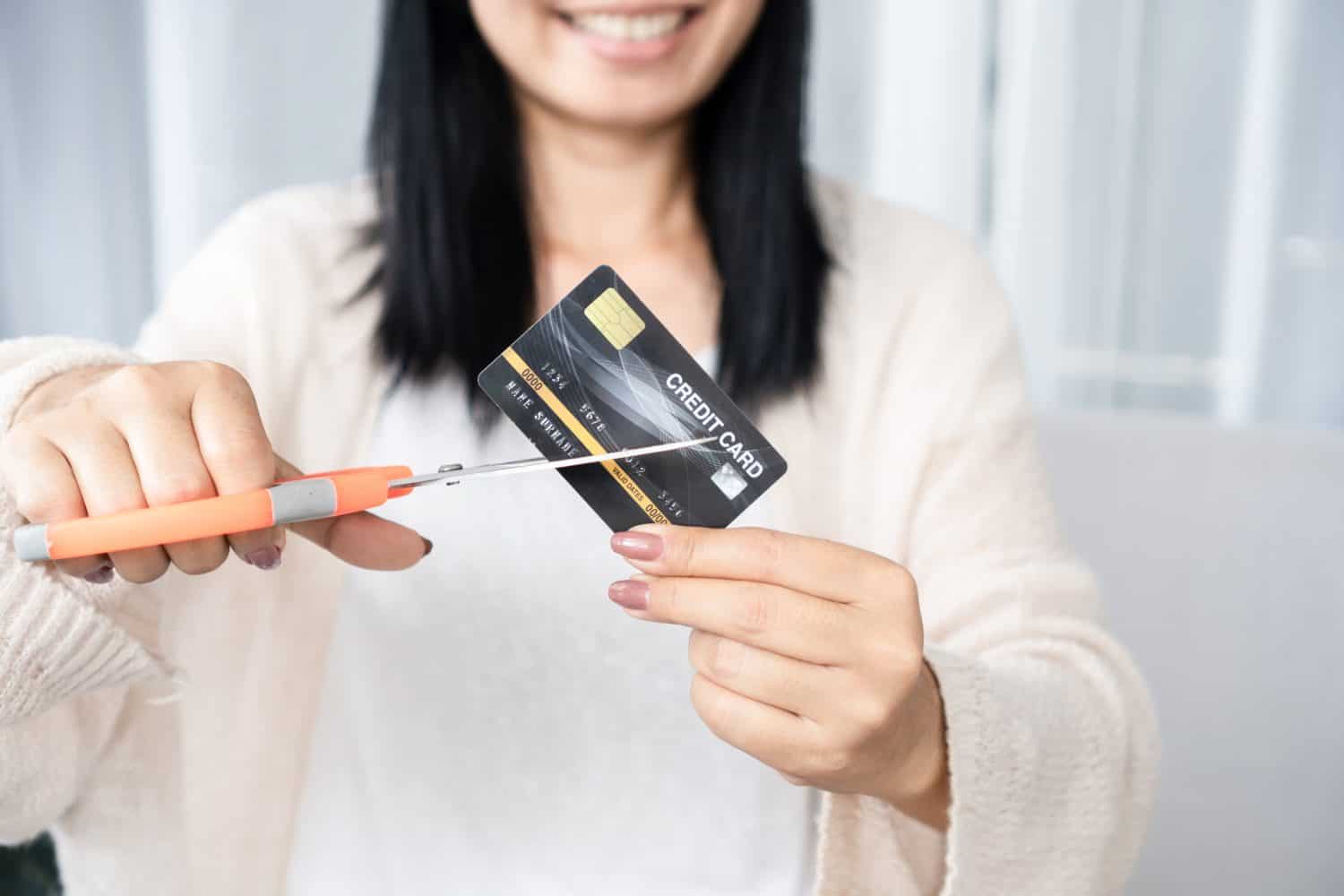
For many people, credit card use becomes so habitual that they cannot bring themselves to consciously desist. Comparable to the nicotine addiction that makes quitting smoking difficult, the most extreme solution is to cut the cards and make them unusable. Unfortunately, that renders them unavailable if a genuine emergency arises. A less egregious solution is to keep them out of convenient reach but still usable in the pinch. One hack is to put it in a plastic zip loc bag or bottle with water and freeze it. This will hopefully aid in reigning in spending discipline without depriving one of emergency access.
Networking Skill Set Based Promotional Event Hosting

For those who are “people persons”, social networking can create ideas to generate one-time lump sums from events that can help to pay down APR balances. For example, hosting events that allow for private seminars or workshops on various skill sets that are in demand can be a source of both income as well as more opportunities for other freelance work. These one-time events can be arranged on a profit split basis with the main speaker or instructor, and can develop into a profitable side hustle for those with the right organizational and marketing skills.
Many people are willing to pay a fee for the chance to learn some tips or hacks that will benefit them directly, especially in a comfortable and friendly environment. Some ideas may include:
- Women’s Self-Defense – especially in areas where crime is on the rise
- Strategies for handling playground bullying for parents
- Dealing with estate and survivor issues after a spouse’s sudden death
- Budget friendly shopping and cooking tips
Freelance Partnerships

Another social media based side hustle hack can work well for those who already do freelance work. Graphic designers, copywriters, bookkeepers, and many other freelance professionals are all competing for work in the independent gig market. However, many of these professions are only one area of an overall product launch or marketing campaign.
By forming one or more partnerships with key freelancers who provide a separate essential skill, the opportunities to create a one-stop shopping package for entrepreneurs and small businesses looking for those services can increase work opportunities and generate more revenues to reduce debt overhangs.
Additionally, the expanded networking opportunities afforded by work normally outside one’s sphere of contacts can exponentially increase freelance work down the road from other avenues.
Sparking Joy Through Auctions and Used Item Sales
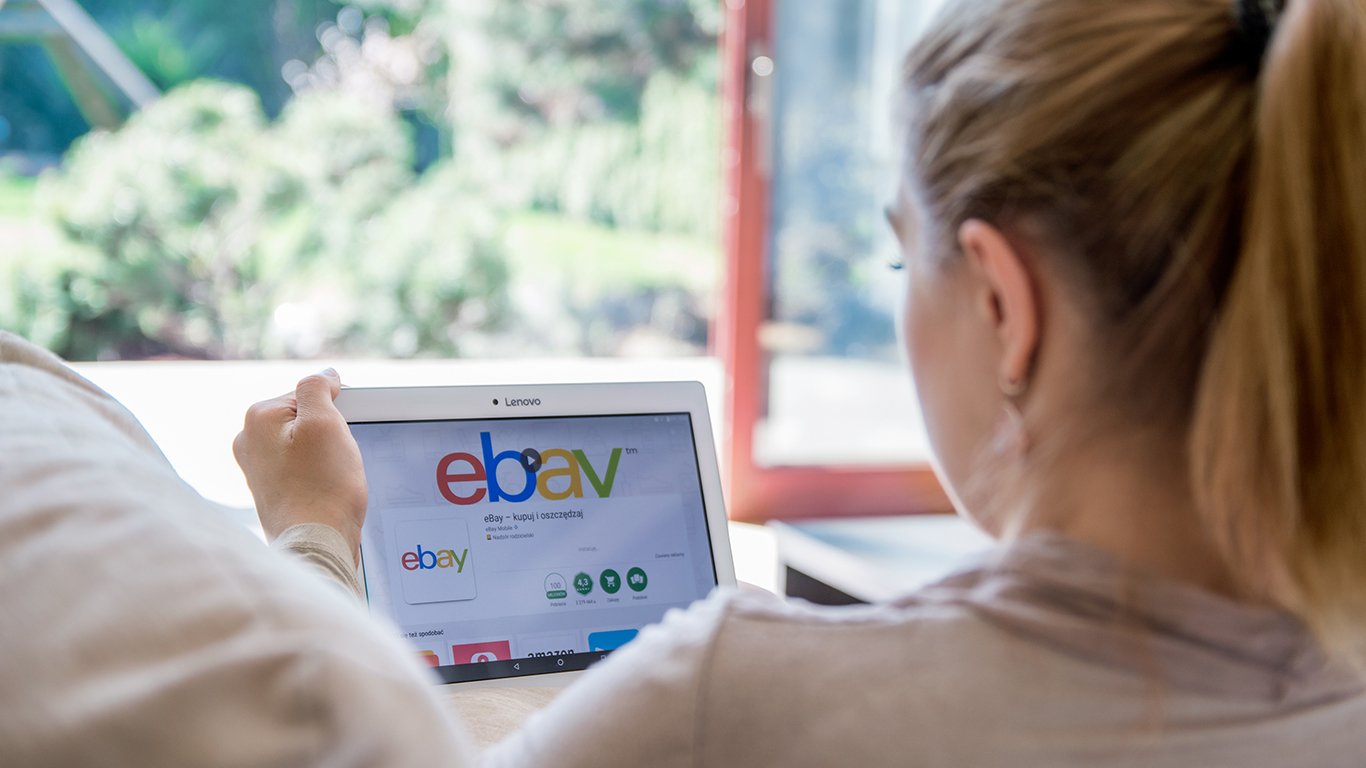
Marie Kondo became a worldwide sensation with her principles on decluttering to “spark joy”. The rise of eBay and other sites have demonstrated the huge market for second hand items. A great majority of American households often have items that have fallen into disuse that in past days, wound up in suburban yard sales, or stoop sales in urban areas. Ebay, Facebook Marketplace, OfferUp, CraigsList, and many other online forums have cropped up to provide virtual sales platforms that anyone can use. Their advantages are that they are weather agnostic and not limited to nearby foot traffic for exposure.
For collectibles or higher ticket items, more specialized auction sites exist, although many have used eBay and other platforms to even sell cars and boats. Sites such as Reverb.com have become popular for second hand and vintage musical instruments, MutualArt.com for works by specific artists, and others can be found in a Google search. Depending on the type of item and the market demand for it, there are additional techniques that can be used to generate more aggressive competitive bids, such as a lower starting price, shorter expiration period, etc.
Auction sites will charge fees, but they also handle credit card processing and payment verifications, as well as discounts on shipping. If using CraigsList or a site where a face to face exchange is required, safety considerations should be observed, so closing in a public place while accompanied with a friend is advisable.
Raising funds from selling unused items not only will contribute to paying down onerous credit card debt, but many report feeling that the reduced clutter helps to generate a feeling of liberation – Marie Kondo’s “sparking joy”.
Daily Disciplined Savings
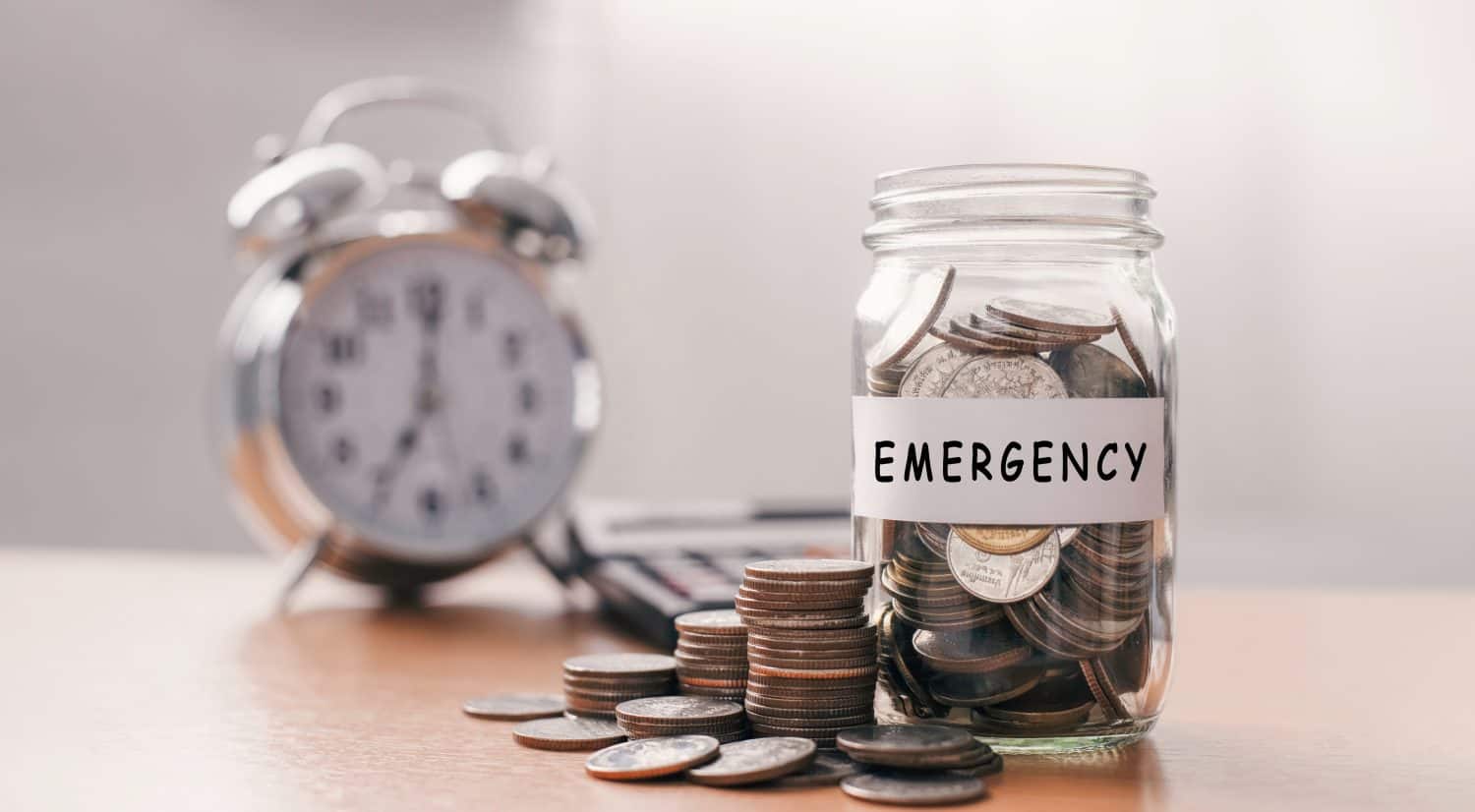
Suze Orman, Dave Ramsey, and most other financial management advisors all concur on the need for all households to establish an emergency fund. Intended to be tapped in the case of an unforeseen crisis, emergency funds should be built up concurrent to paying down debt. The rationale behind that strategy is that if an emergency, such as an injury requiring hospitalization, is not dealt with immediately, then the ability to pay off debt will be moot if the injury renders one incapacitated without treatment. While Orman advises an entire year’s salary as a sufficient emergency fund, others recommend anywhere from 3-6 month’s worth of earnings as a safe target.
A daily disciplined routine of setting aside a small amount, such as $5 a day, or even increasing it on a daily or weekly schedule, if possible, can accumulate an emergency fund in a reasonably short time. Use of a High Yield Savings Account for depositing of the emergency funds to keep them in a segregated account is advisable for two reasons.
- The HYSA is compounding interest at a much higher level for the emergency fund.
- Keeping the Emergency Fund in a separate account avoids co-mingling with regular funds (hopefully for normal expenses as well as paying down debt), and helps to avoid the temptation of using emergency funds for unnecessary expenditures.
The same daily disciplined allocation approach can be applied for paying down debt. In that case, keeping those funds also segregated, or at least earmarked for monthly payments is advisable.
Third Party Debt Consolidation
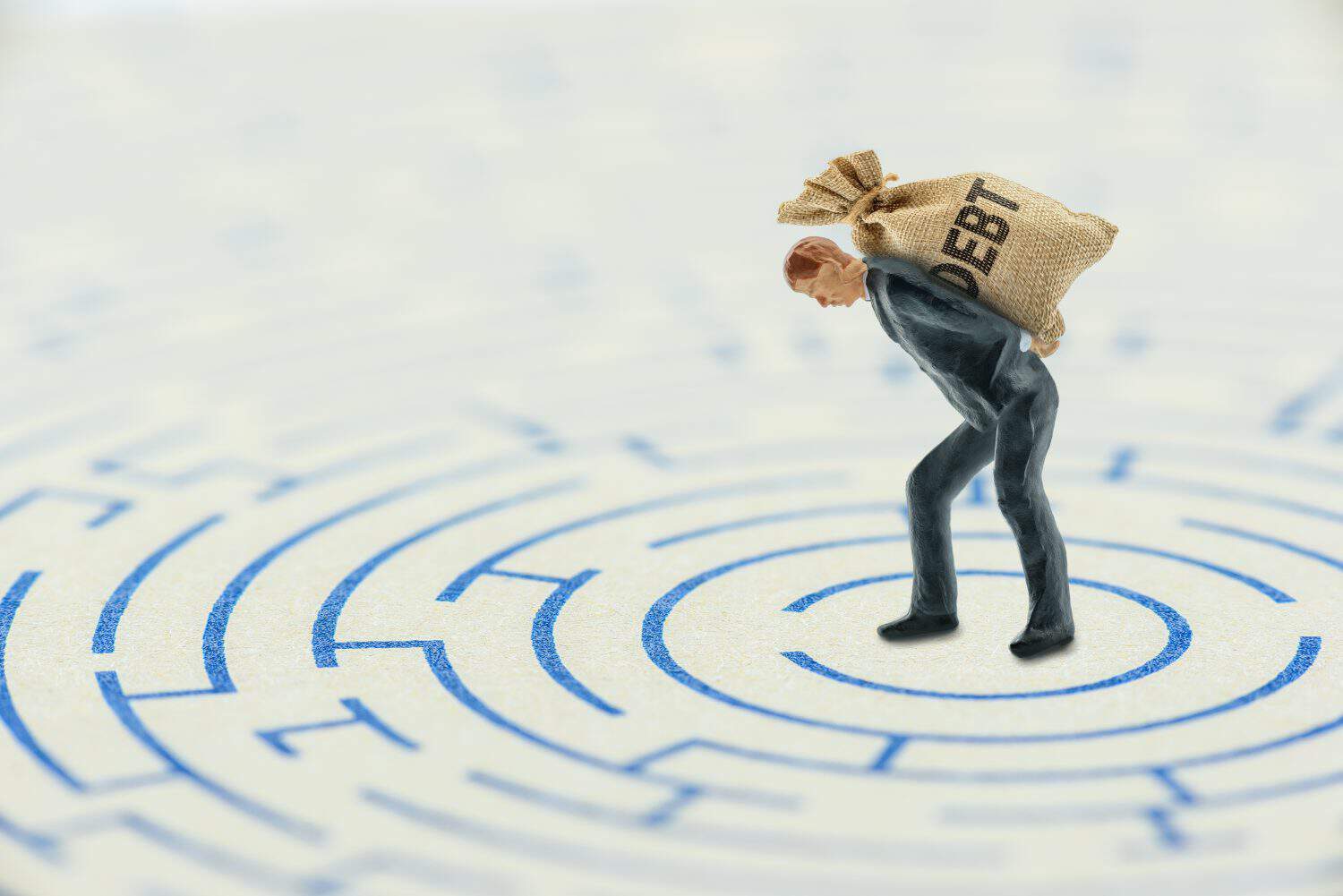
APRs of over 20% are unequivocally onerous and wander into the gray territory or usury. Acknowledging this are a number of third party debt consolidation firms, who will take over one’s high debt account under an agreement for paying it off on more favorable terms, often less than half of the credit card amount. The rationale behind this business model is they pay off the high debt and assume the creditor role with a lower APR that makes it less likely to default but over the longer term, will earn them a profit. The additional savings afforded by the lower APR is a monkey off the borrower’s back, and the ability to get their finances under better control becomes exponentially enhanced.
The post Beyond Budgeting: 6 Strange Yet Powerful Tactics for $20K+ Debt Relief appeared first on 24/7 Wall St..


































